The five-decade period of the Cold War marked an uncertain and tumultuous period of human history, shadowed by rapid developments in the modern human civilisation that we know and love today. Beneath all our accomplishments are a body of lies, a network of secrecies, and the constant anxiety of a nuclear warhead evaporating your soul into oblivion. Such was the pace and emotions of the dangerous arms race between superpowers of the East, and West.
The mission to land a man on the moon was no doubt the most public display of that competition, as are mountains of secretive military projects and wars that officially never happened. Think of the SR-71 Blackbird, undergoing reconnaissance 85,000-feet above Soviet air-space, cruising by at more than 2,400mph. Then, there's Tsar Bomba, the USSR's 58-megatonne hydrogen bomb who's mushroom cloud pierced as high as 59-miles into the sky, with a fireball visible from 620-miles away.
Remember all those mind-control projects that are still secretive till this day, and the use of biological weapons against unarmed populaces that continue to get covered up. It's quite amazing to see the breadth of ability, and technological ingenuity that we channel into creating weaponry able to destroy the entire human species. Yet, there are other legacies of the Cold War's rivalries which aren't so lethal that you can buy today, and it can be kept handy on your wrist.
A Heart Of Steel.
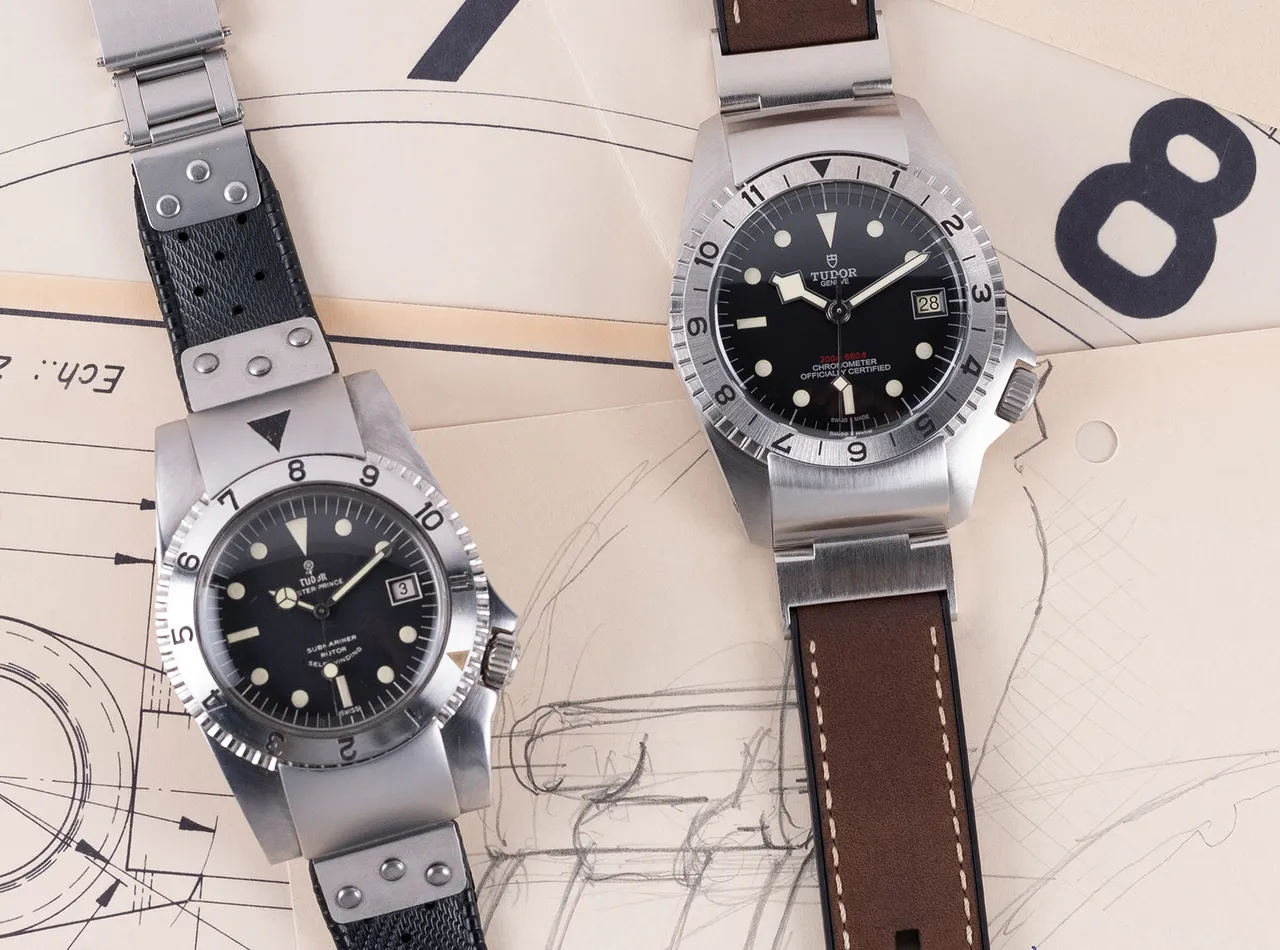


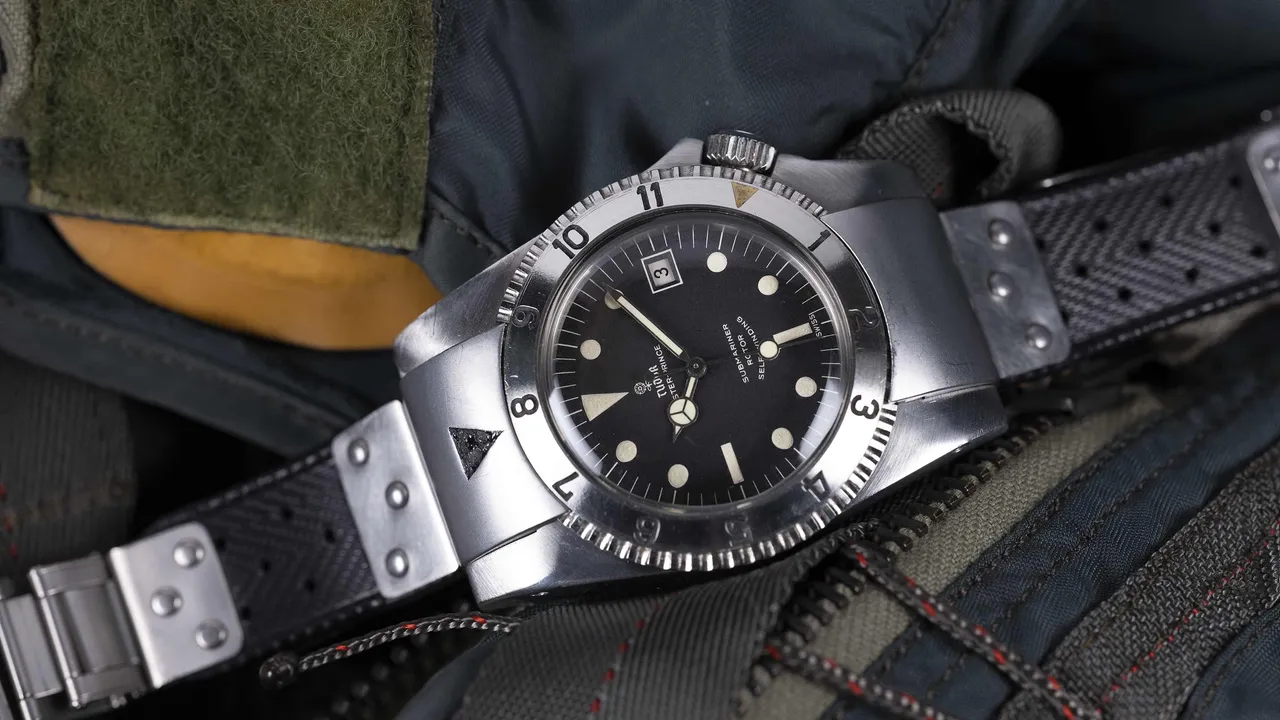
Credits to: Tudor P01, and Wallpaper Flare
The most prominent example is this old-new Tudor P01. Made by the sister brand to the oh-so-famous Rolex, this seemingly normal watch piqued my - and many others' - interests; not necessarily in the best way. It's a boldly controversial watch, and it's quickly the most talked about watch of 2019. Yes, I'm that late to the news feed, but it's better late than never, eh? Even with a wrath of multi-million dollar, and high-complication watches since, I can't stop thinking about this Tudor.
But before we can learn about what the P01 is, we need to understand more on what it represents, and it's rather unique story. Tool watches are used very differently nowadays. We have since celebrated the humble chunky bezels, and steel bracelets as a luxury item. We adorn our shiny tool watches under the cuff of our suits, sipping on Martini in a private jet as we fly to a game of golf. However, the tool watch wouldn't have been able to build that fame without getting itself down and really, very dirty.
They could endure the most terrifying and crushing depths of the Mariana Trench, or the weightlessness and dust-covered surface of the Moon. The tool watch is also a crucial instrumentation on the battlefield, having evolved since the days of trench warfare in the early 20th-century. During the stand-offs and proxy battlefields of the Cold War, Tudor made its way to the frontlines on the wrists of many American G.I.s.
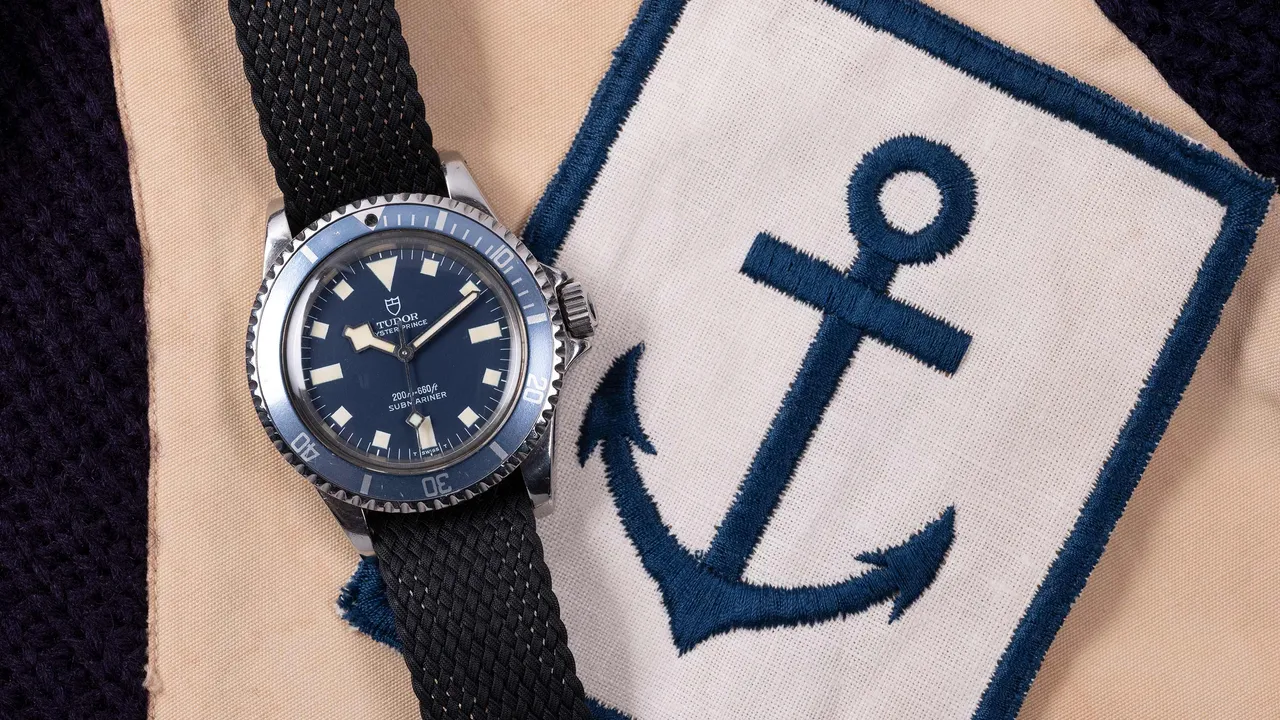
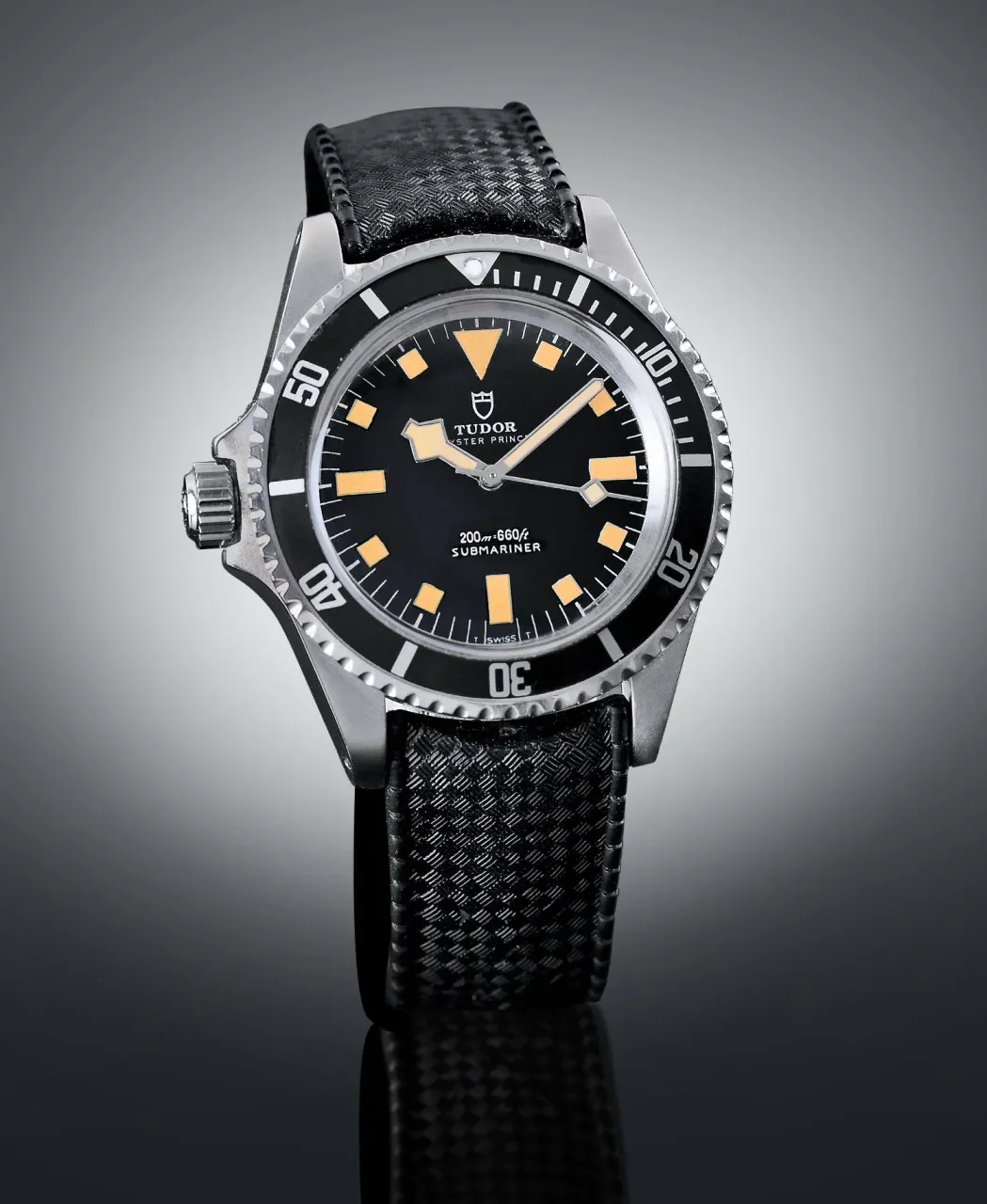
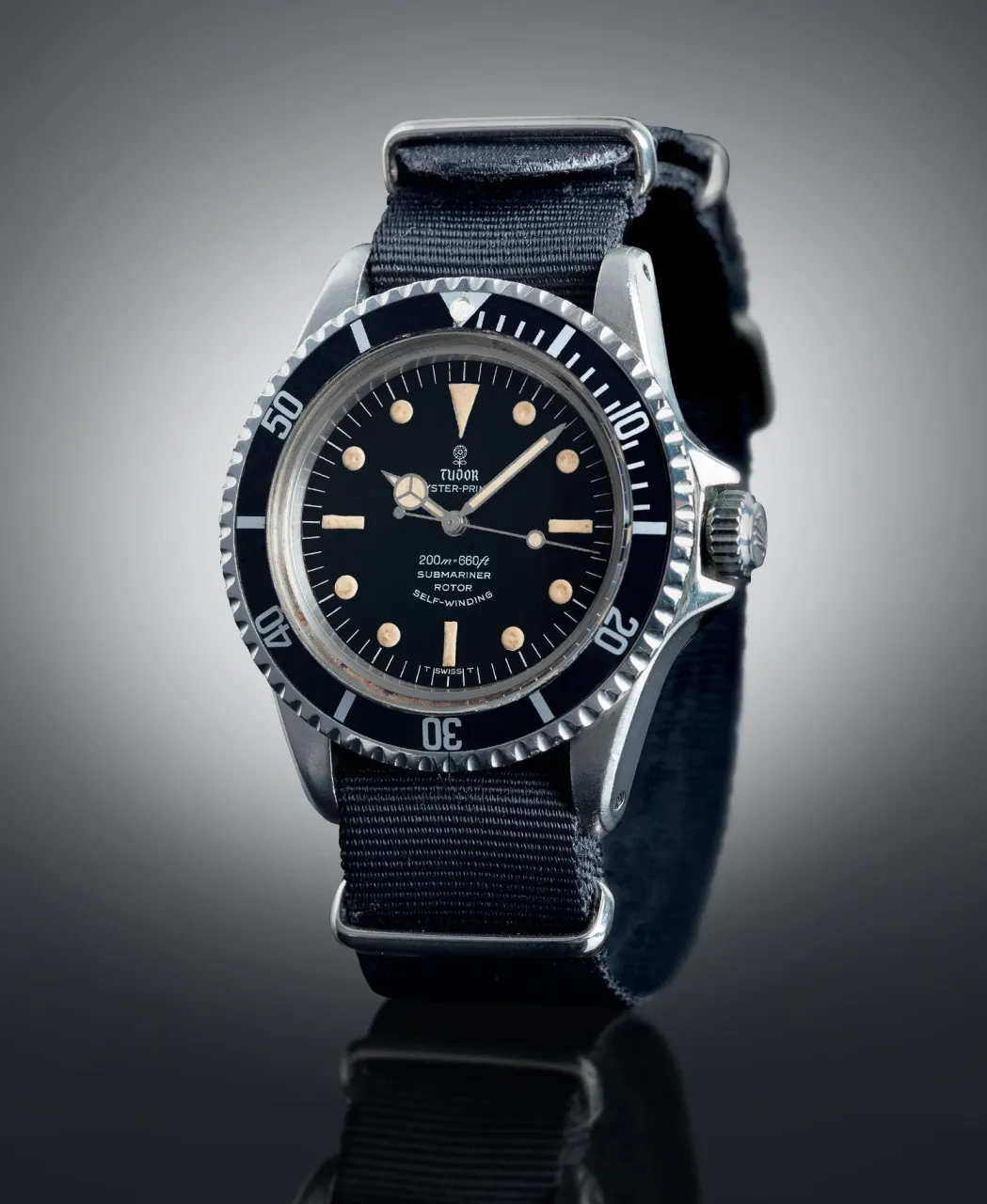
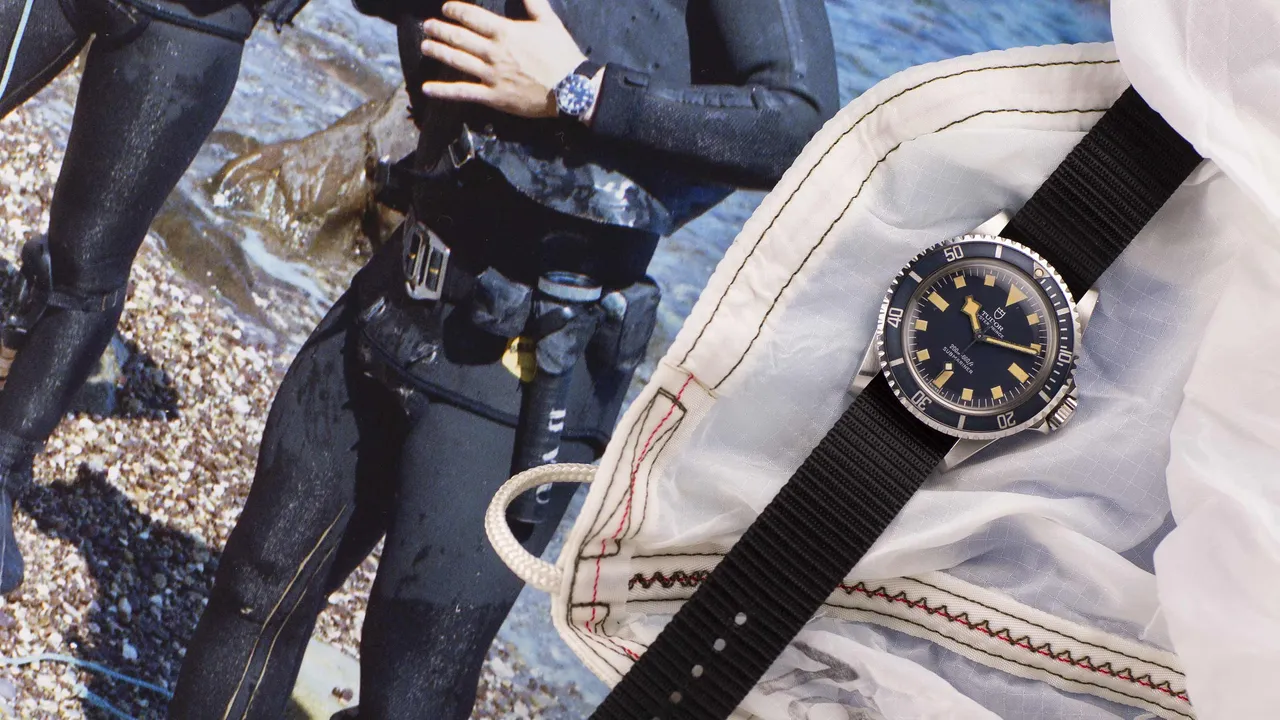
Credits to: Tudor - History | Military Dive Watches
On one account, the bare metal of an old Tudor had even deflected a 7.62mm from a Viet-Cong AK-47, saving a Marine's life. These watches didn't just accompany boots on the ground, as it was a handy piece of kit when donning on a wetsuit. Navy divers and frogmen depended on these timepieces just as much as they did their oxygen tanks, and rifles. Alongside other brands like Rolex, Tudor supplied timepieces to the US Navy since the 1950s.
By 1967, its master watchmakers in Geneva are working hard to replace the old Oyster Prince Submariner 7928, thus launching project "Commando", fitting with the US Military's strict requirements. Long story short, Tudor's goal of improving usability made the watch overly complex, so the US Navy instead greenlit an iterative update instead, called the Reference 7016. Now coming back to life 50 years later, this old relic of a once-classified project has been remastered, just for you.
Too Bold For Its Own Good?

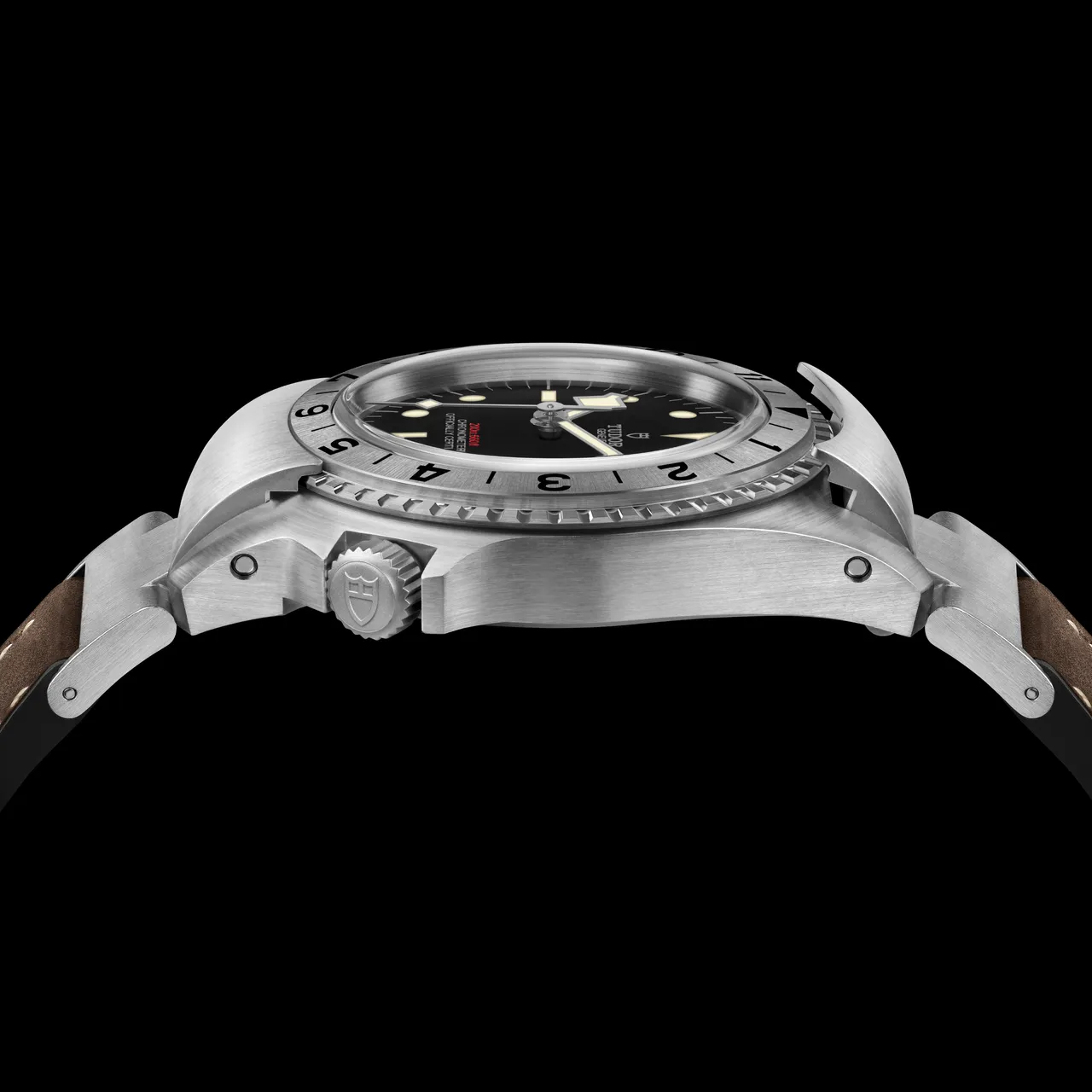
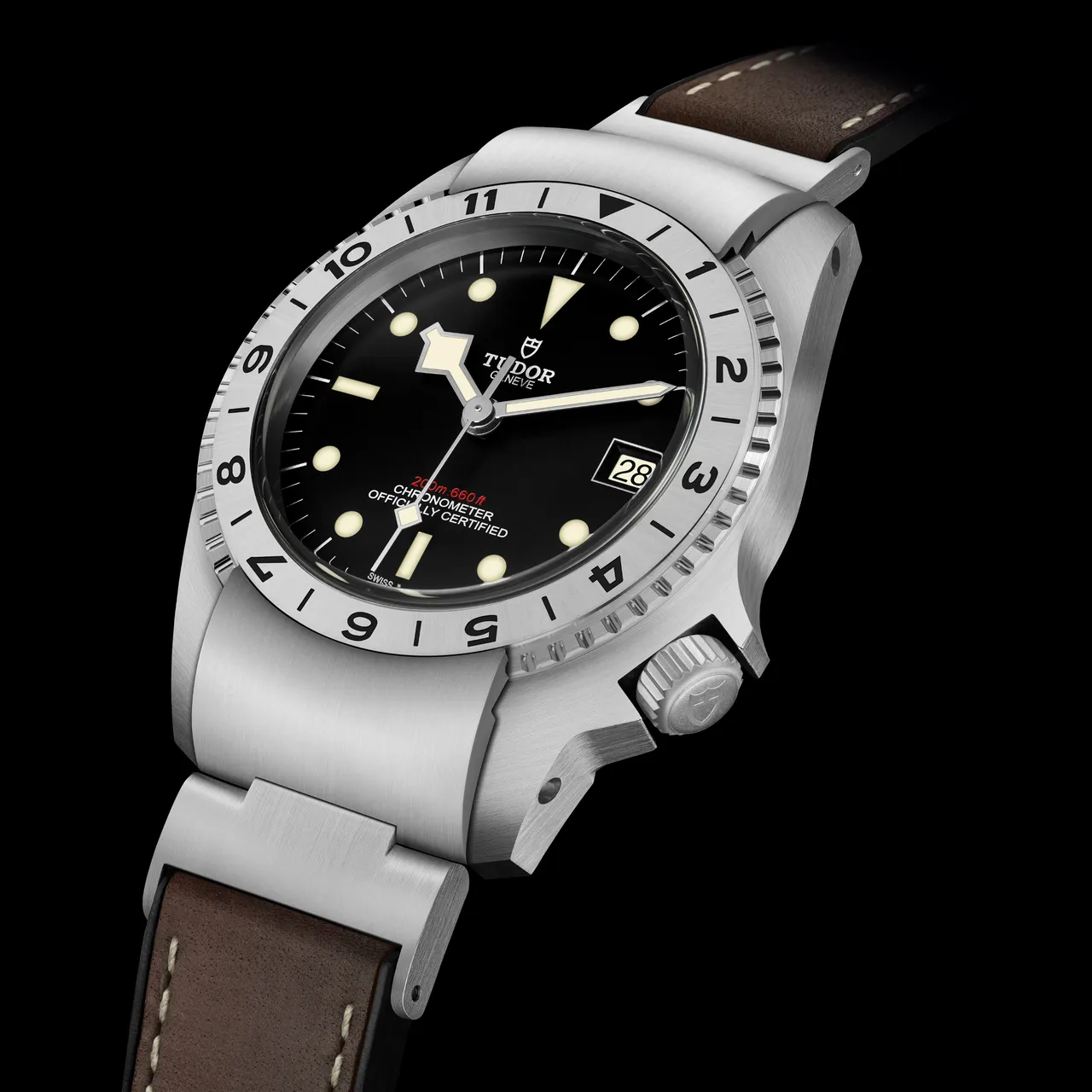
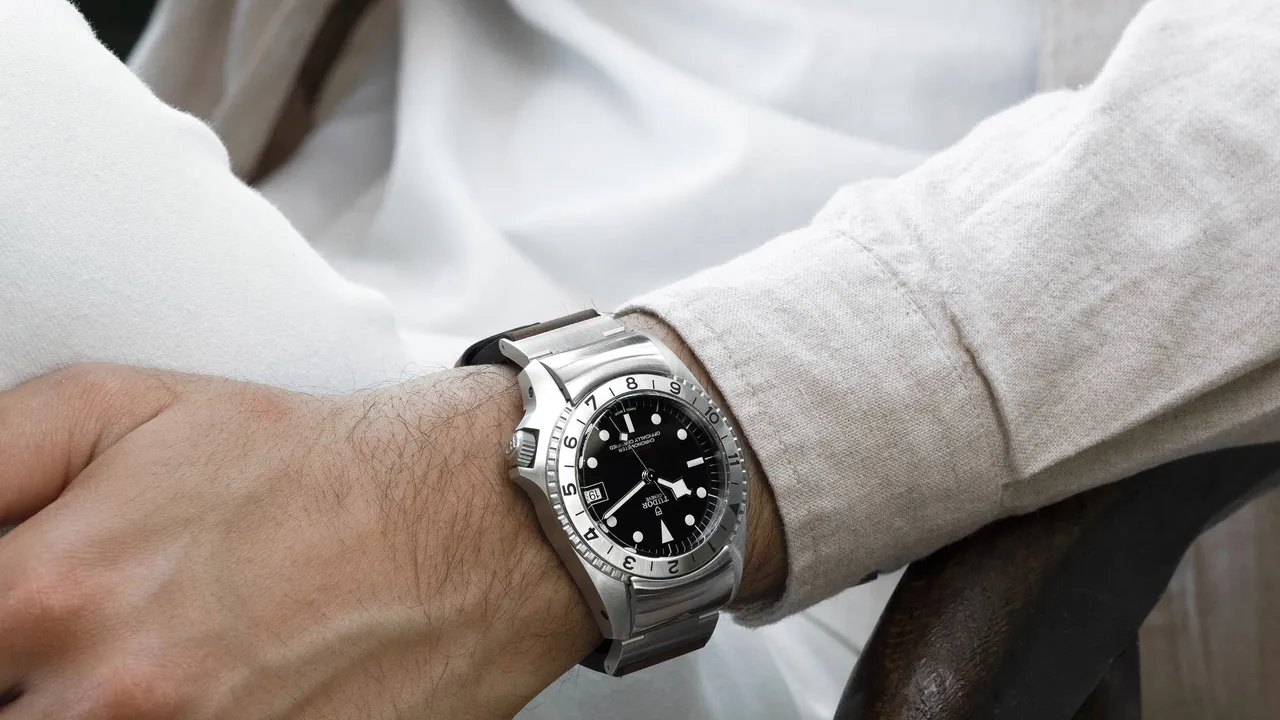
Credits to: Tudor P01
Sitting alongside the 'Black Bay' series of Tudor's dive watches, the P01 - or Prototype 01 - is a true homage with the old Commando watch. The case of this new P01 is authentically sized, unlike other retro reissues that have been made larger to accommodate 21st-century preferences. Yet, it's 42mm-diameter case - not counting the lugs, mind - looks positively massive on even the most muscular of wrists worthy of Instagram flexing.
Made from steel, the case sports a handsome combination of satin and brushed finishes. It keeps the boldness of the P01 grounded, neither making it gaudy nor restrained. The crown is moved out of the way, and onto the 4 o'clock position, which is common on a Seiko, but not a Tudor. The result of all this chunkiness is a water-resistance of 200m (660-feet) - as it reminds you on the dial, printed in red - which isn't too bad. Though it's a far cry from the equally conventional 1,200m (4,000-feet) depth of the Rolex Sea Dweller.
But that's not what this watch is about. Without a shadow of a doubt, the highlight of the P01 is its unique bezel-locking mechanism, placed rather proudly at 12 o'clock. Hinged with the end-link which connects to the strap, you can lift this up, and then locking it back into place on you've positioned the bezel. The idea is to prevent the bezel from being moved accidentally, as you can use its markers to measure time. This then, is where we come to a puzzling conundrum.
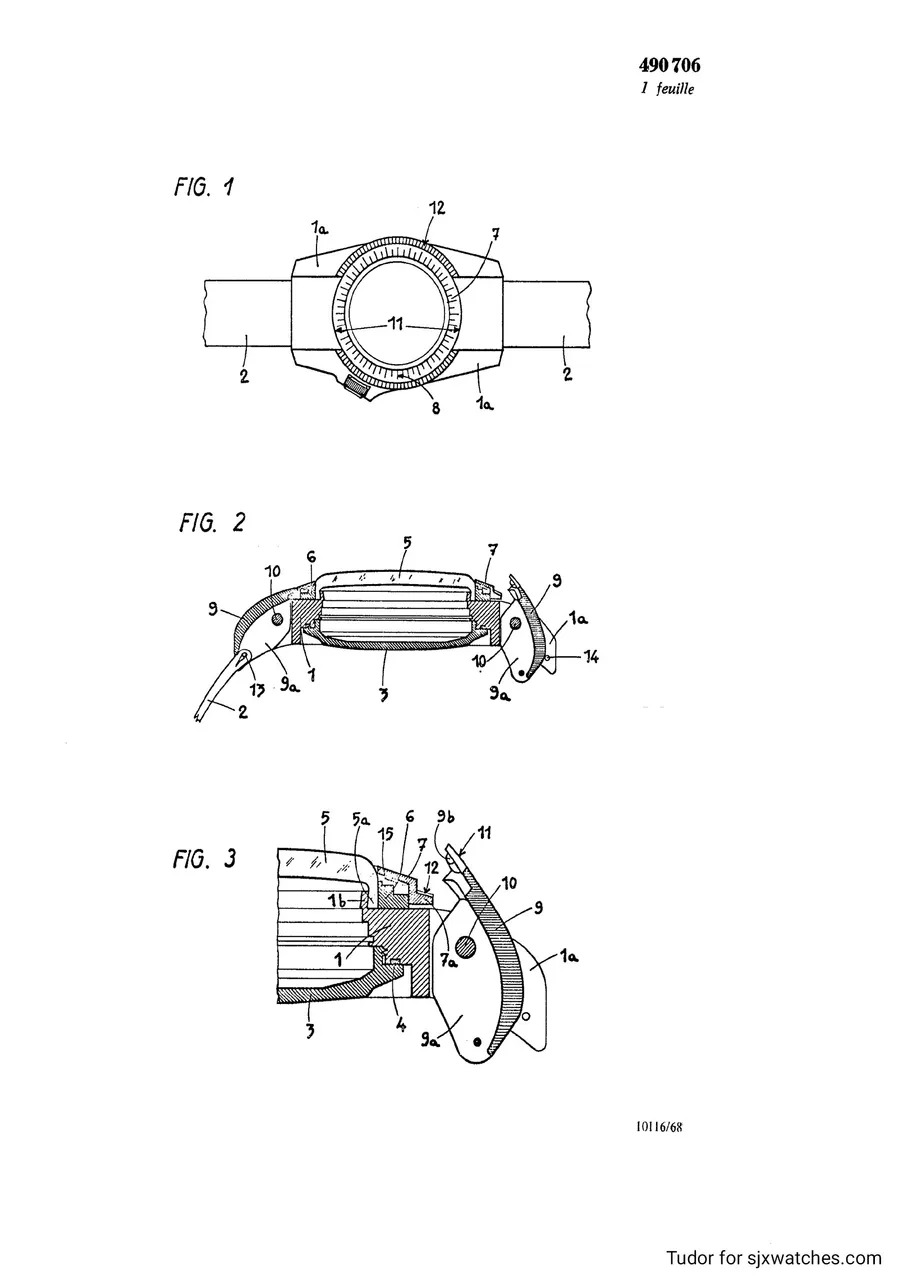
Credits to: Tudor P01
I know absolutely nothing about diving, but I do know that humans need to breathe. Eventually, the air tanks would go empty, and the human body needs to depressurise before surfacing. This then, are the key reasons why dive watches absolutely need a bezel, or some other way to keep track of elapsed time. You can simply move the 60-minute arrow to your minute-hand, and now you have an idea of how much time you have left.
Oddly however, the P01's bezel has hour markers, not minutes. Divers need more precise intervals to measure, not by a factor of hours. The question then, is why? Was it a lapse of judgement by Tudor? Unlikely, given how much thought they'd put into it. Maybe, the US Navy made some sort of special diving kit that would allow divers to breathe underwater for hours at a time? Or was it meant to be worn by sailors, who would be able to use the 12-hour bezel marker for navigation, and keeping in with different time-zones.
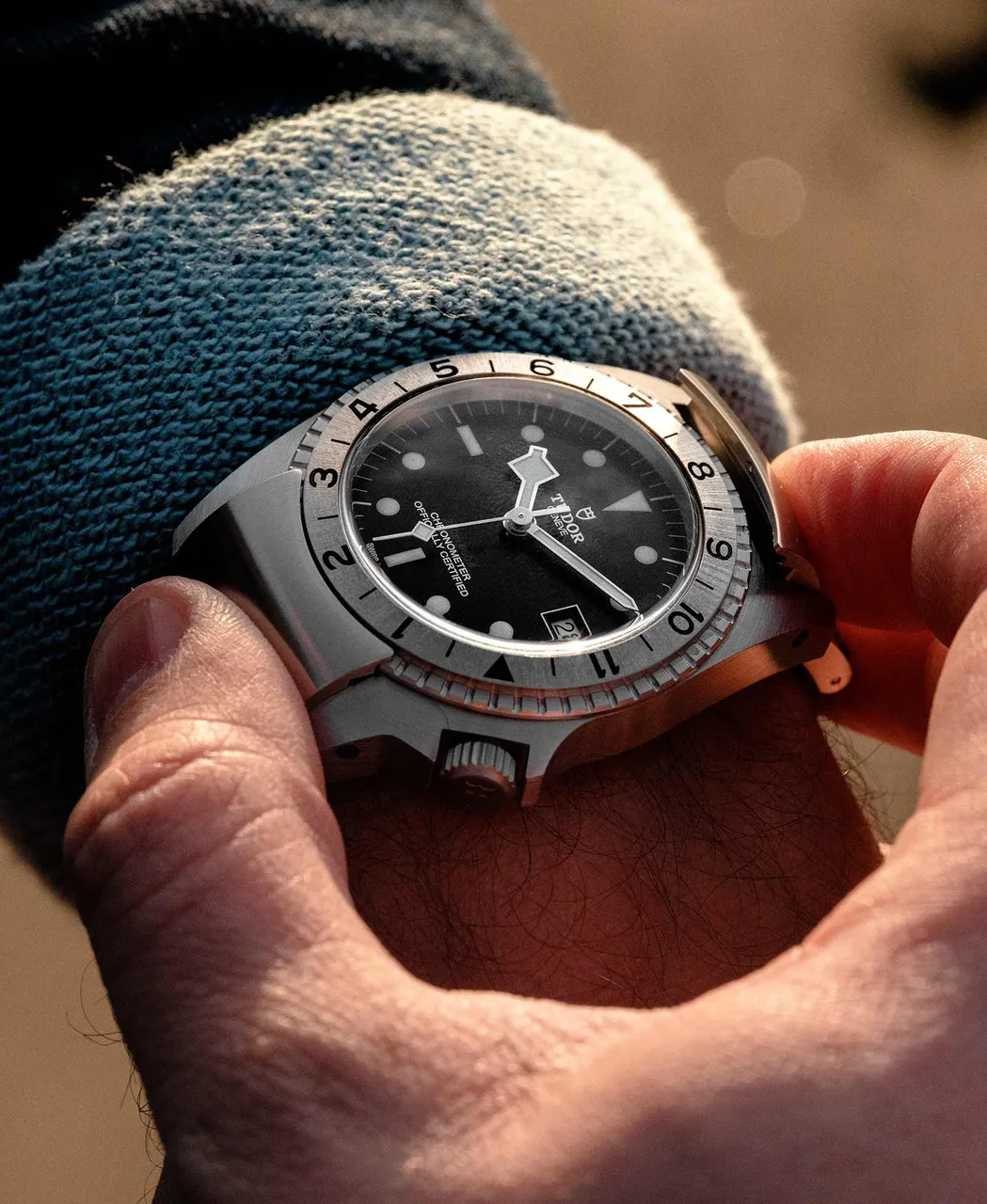
Credits to: Tudor P01
The latter sounds like the most logical theory. Next, we come to another puzzling question of why did Tudor need to over-engineer the bezel-lock? Tolerances for watches in the 60s aren't as good as they are now, and bezels were more loose and poorly made then. They could be easily and clumsily knocked around, but surely it's a lot simpler to fix that issue that creating a way around that, no?
The P01's unique features have seemingly been designed for practical applications that either don't exist, or could be done with a simpler solution. I'm very certain that it's unique selling-point is the one to kill it, as there's no reason for the military to deal with an unnecessarily complex piece of equipment. That however, is an end to the P01's oddities, as the rest of the watch is fairly simple, like the dial.
Same Old, Same Old.
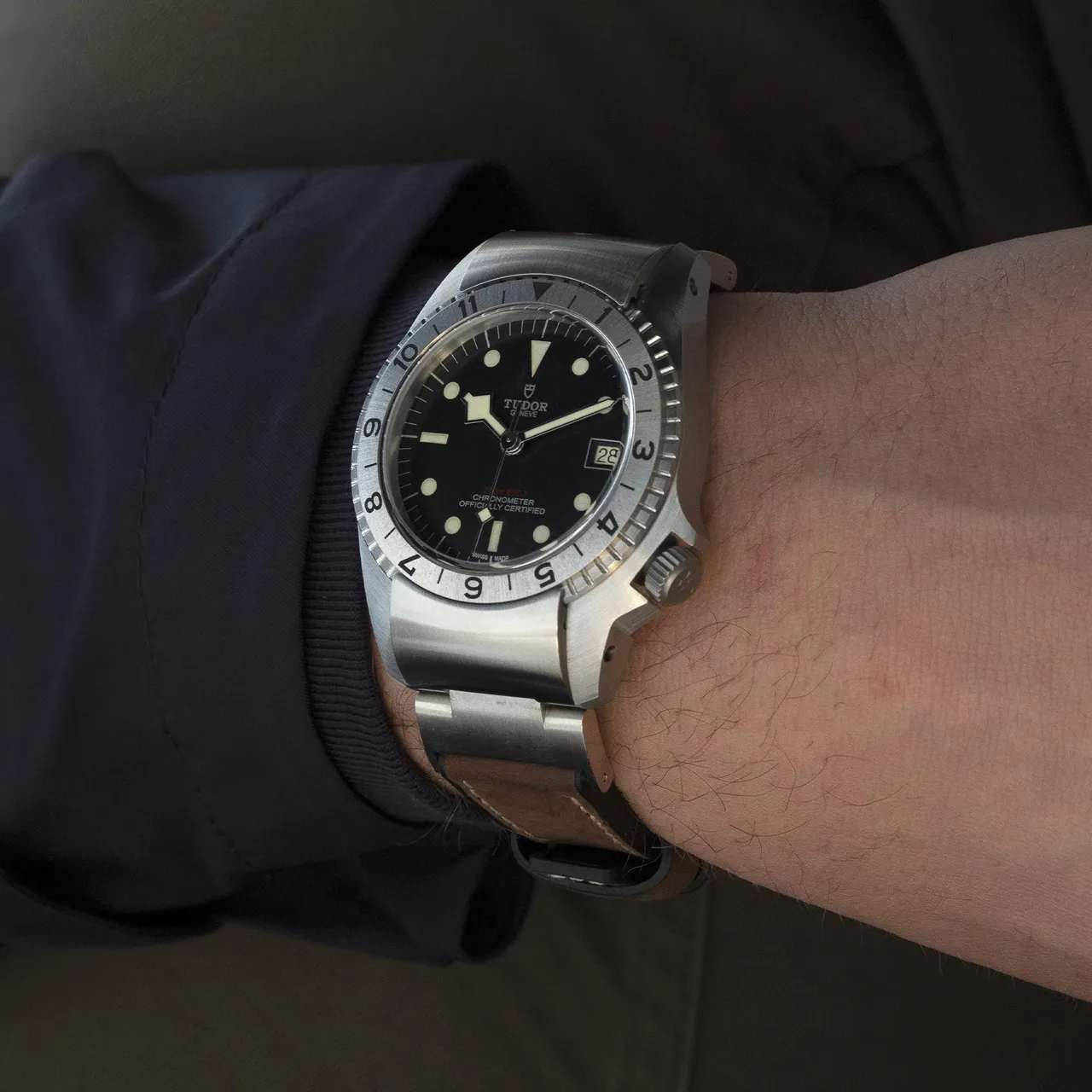
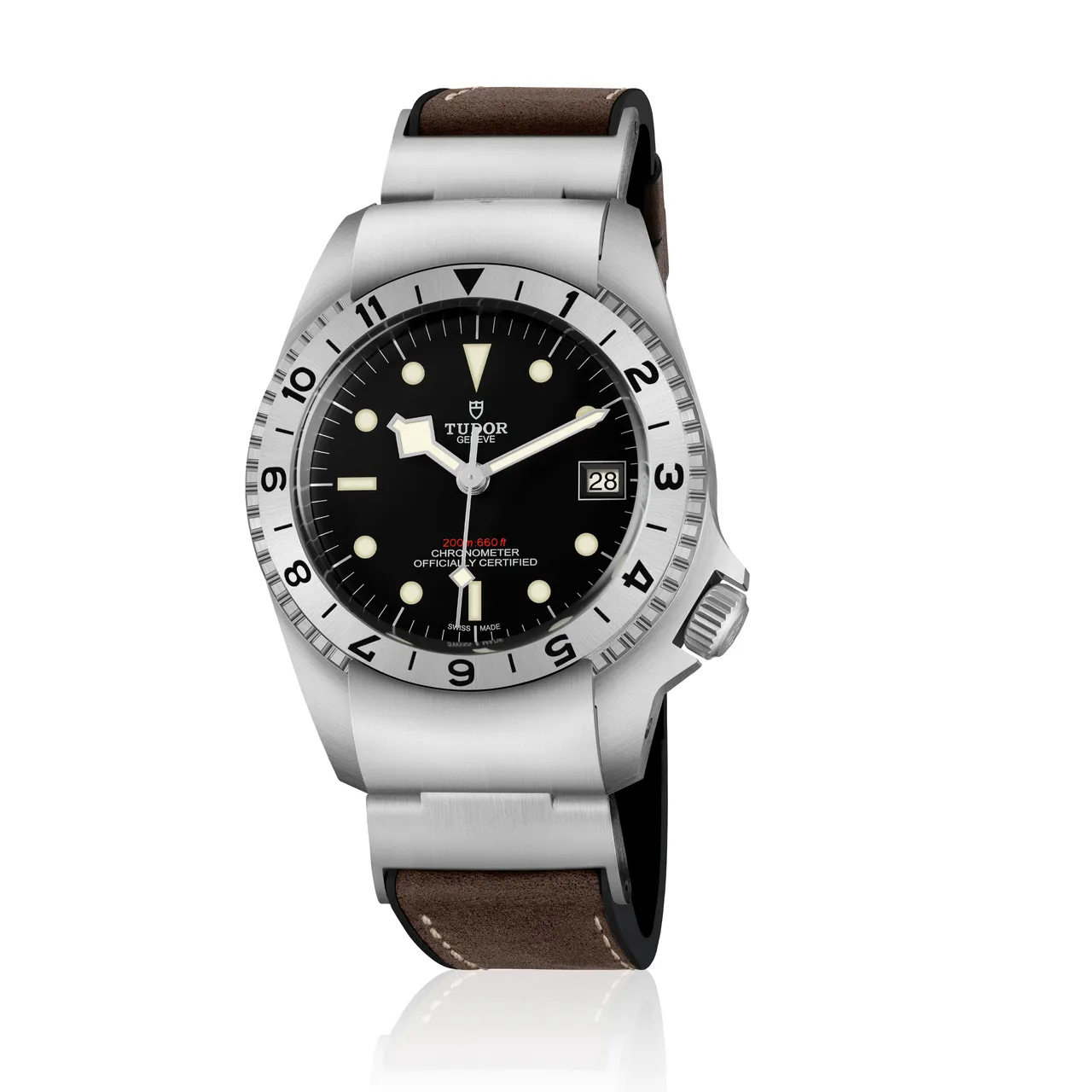

Credits to: Tudor P01
If this looks familiar to you, then you're not alone. Founded in 1926, Tudor was - and still is - a budget brand for people who want Rolex, but can't afford one. They have long used hand-me down parts from them, and in the olden days, cases and dials would be sent to the Tudor assembly line with Rolex logos engraved onto them. Nevertheless, Tudor has been breaking off more and more in recent decades, creating their own distinct style.
The P01 is an authentic remnant of those Rolex days, and it's dial would not at all look out of place wearing a five-pointed crown. It's a rich, deep black with scripture that's very familiar with the latter brand. The layout is very simple, with a handy date-window at 3 o'clock, accompanied by a hallmark trait of Tudor's dive watches; the "snow-flake" tips on the hour and second hands. Combined with heavy doses of radioactively-luminescent paint, this watch should be very legible even in the most dark and murky waters.
Swimming around for a covert operation should be easy then, made better with its movement. It's a manual watch, and an automatic. This means that it doesn't have a battery, but a weighted rotor that spins around, charging up a spring that powers all the mechanical bits and pieces. Specifically, it's an in-house movement made for and by Tudor, called the Manufacture Calibre MT5612, which they use in other timepieces as well.
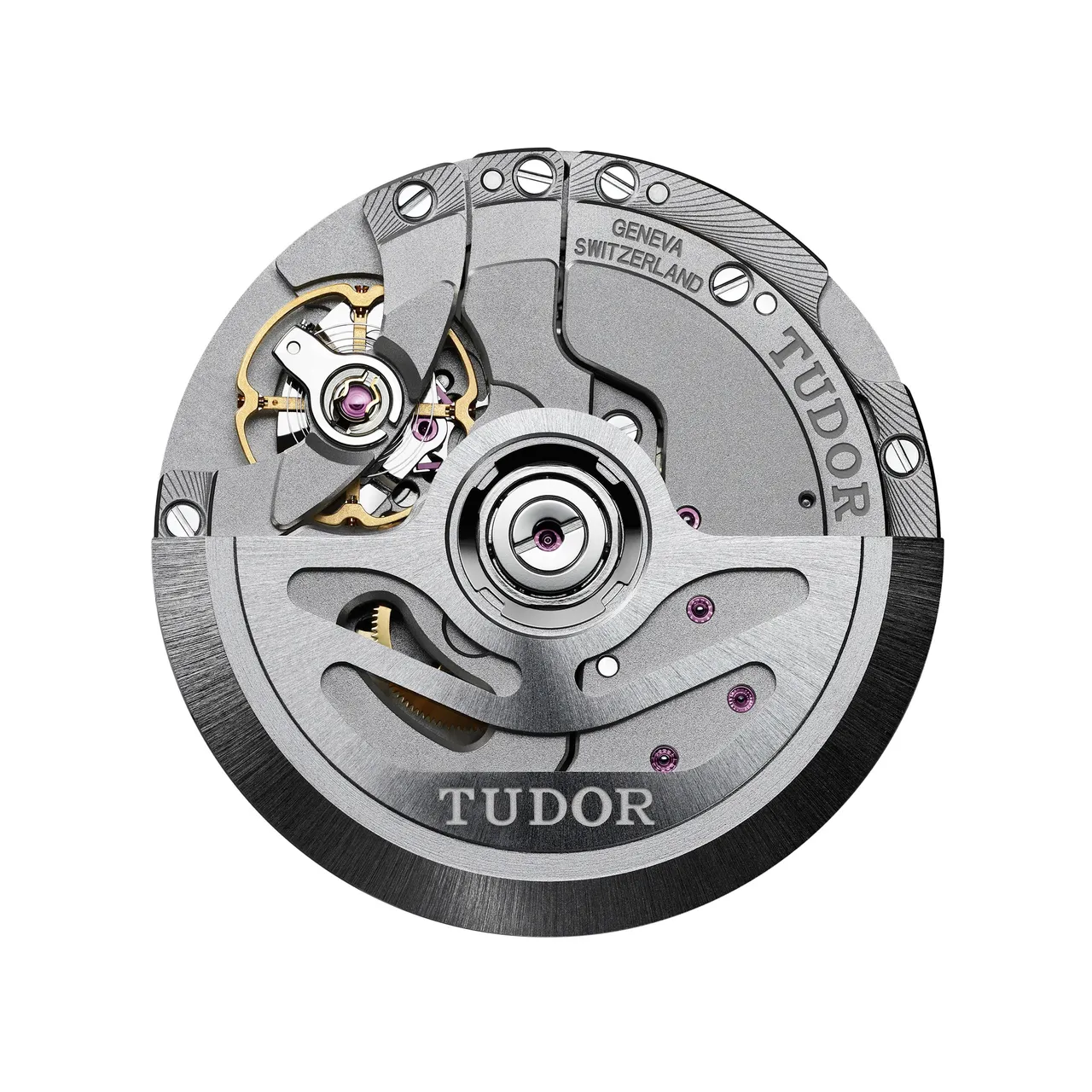
Credits to: Tudor P01
Beating at 40Hz, it ensures that the hands sweep across the dial with buttery smoothness, and its 70-hours of power-reserve ensures that it'll comfortably last you through even the most motionless of days. Good for if your laying prone on the roof of an old hotel in Chernobyl for hours on end, waiting to headshot a Russian arms-dealer selling nuclear rods. The nicely appointed movement can't be admired visually, as the solid case-back is there to guarantee its survival against water ingress at 200m.
Nevertheless, as is evident by the texts on the dial, the P01's movement is designed to be precise, while being reliable and robust. This is helped by the addition of a variable-inertia balance, and a non-magnetic silicon balance spring. Both of these are essential to regulating the time, and they help to ensure that timing isn't interrupted by external forces such as shock, or magnetism. If I am subjecting this to military use, I might consider changing up the leather-rubber strap however, as good as it might be.
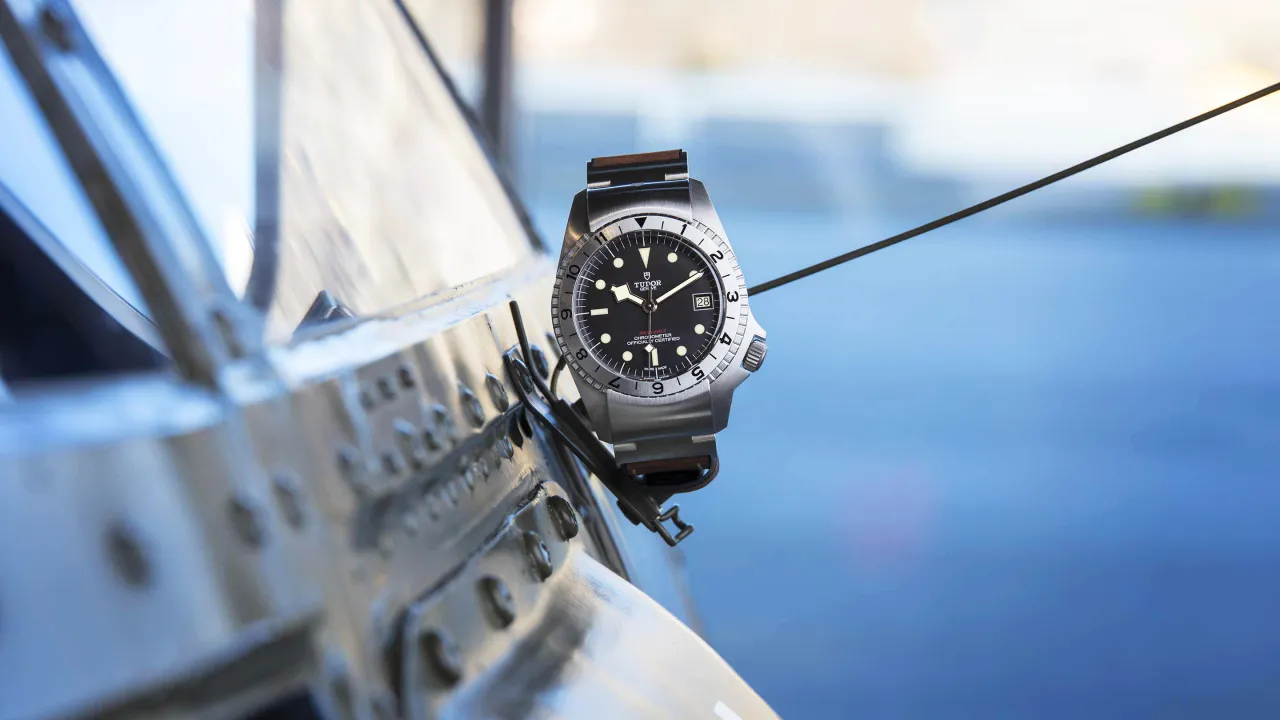
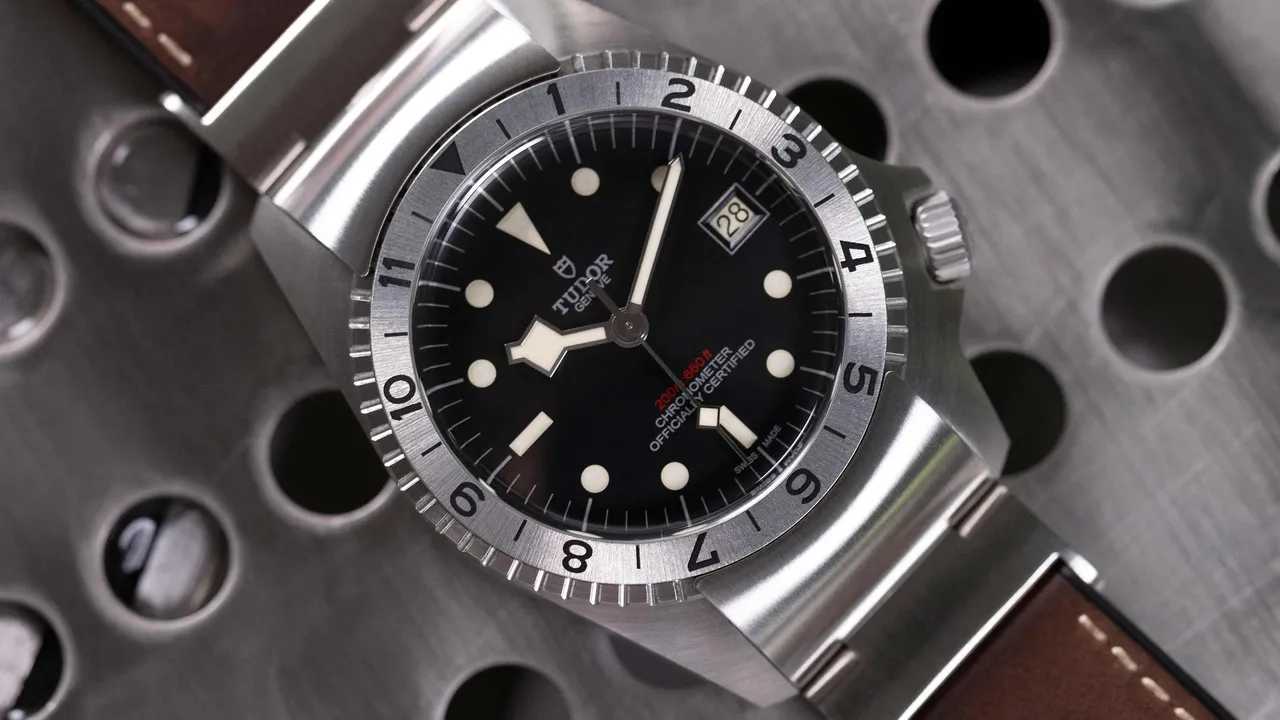
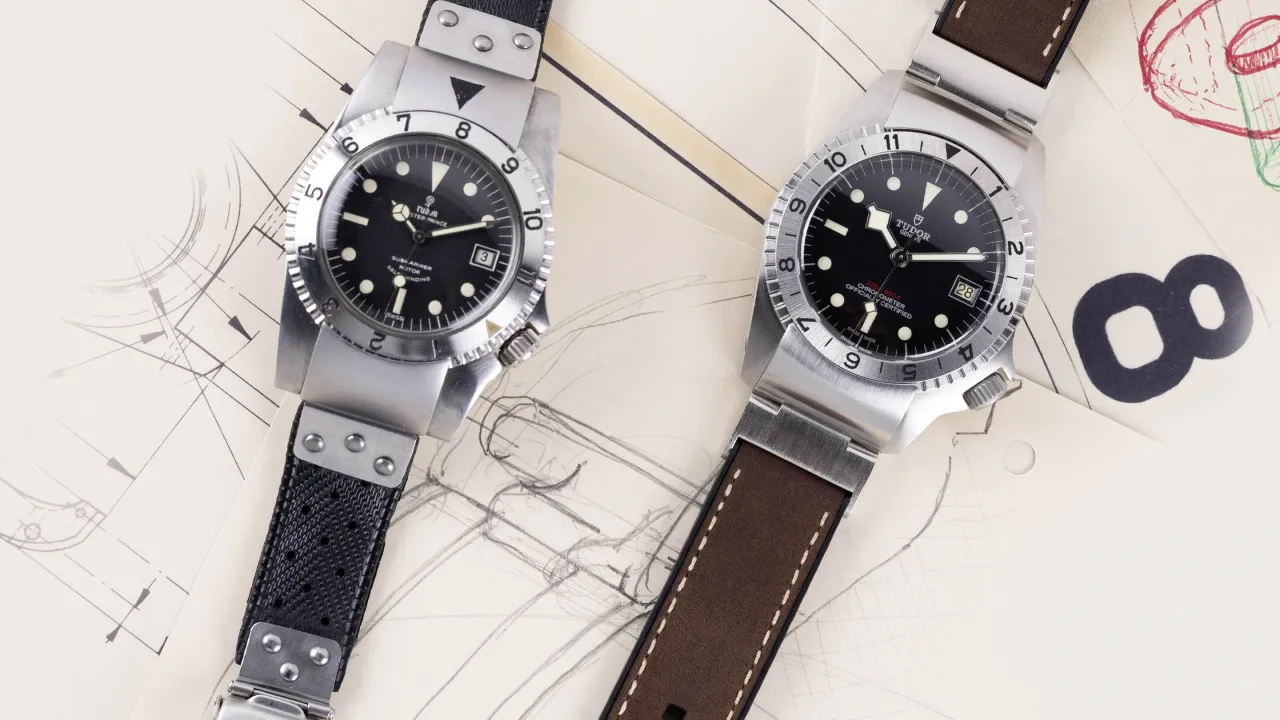
Credits to: Tudor P01
In all, the Tudor Black Bay P01 is a Marmite watch; you either love it, or hate it. Oddly enough, I've somehow fallen down the middle. However, as polarising of a watch this might be, it's nevertheless an incredibly exciting release. The market for timepieces is filled with art-deco styling, and high-complications in a single frame, that it eventually becomes too expensive for the mere mortal. On the other hand, watchmakers keep redoing the same thing, over and over again.
Tudor is breaking that trend, and just like the military superpowers of the Cold War, they're experimenting. The P01 is proof that they're not shy to release this rather quirky watch, while knowing that they might not sell very many. It's a fun and weird watch, made with a single question, "why not?". Experimentations like this come and go, as although I have a bitter love-hate relationship with the P01 today, I can't shake off the feeling that it might be a treasured collector's item in the years to come.
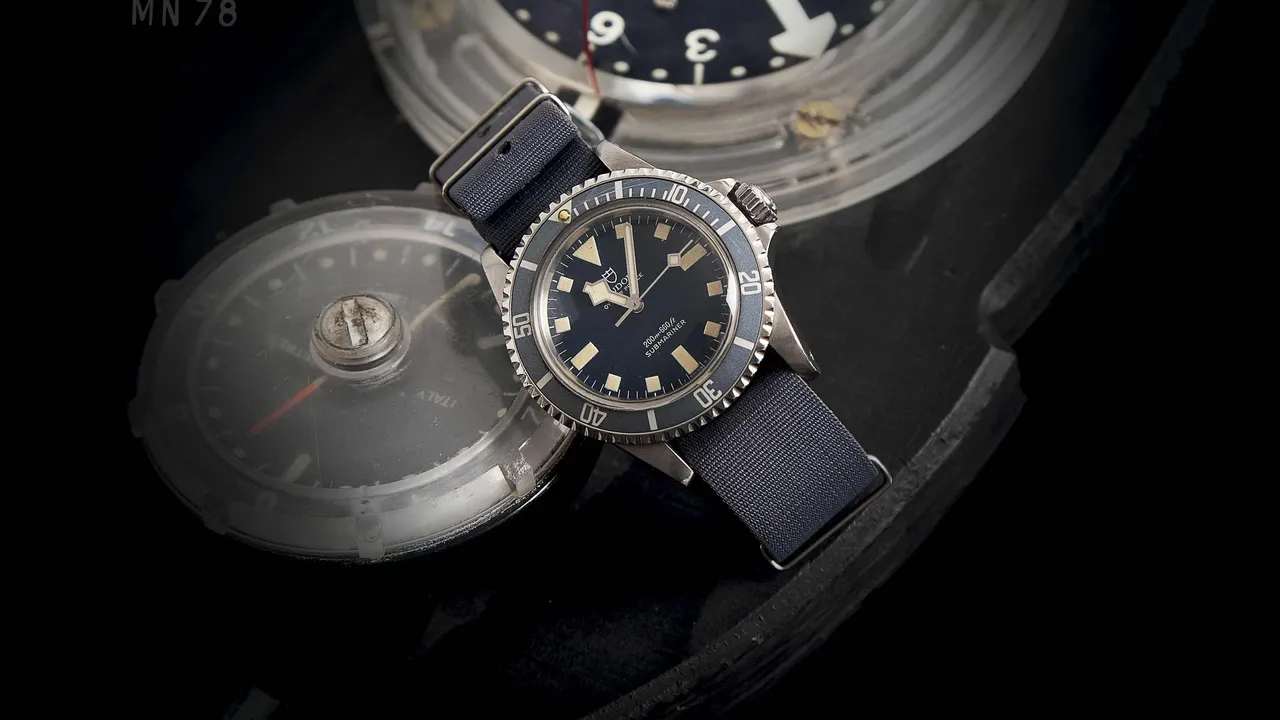
Credits to: Tudor - History | Military Dive Watches